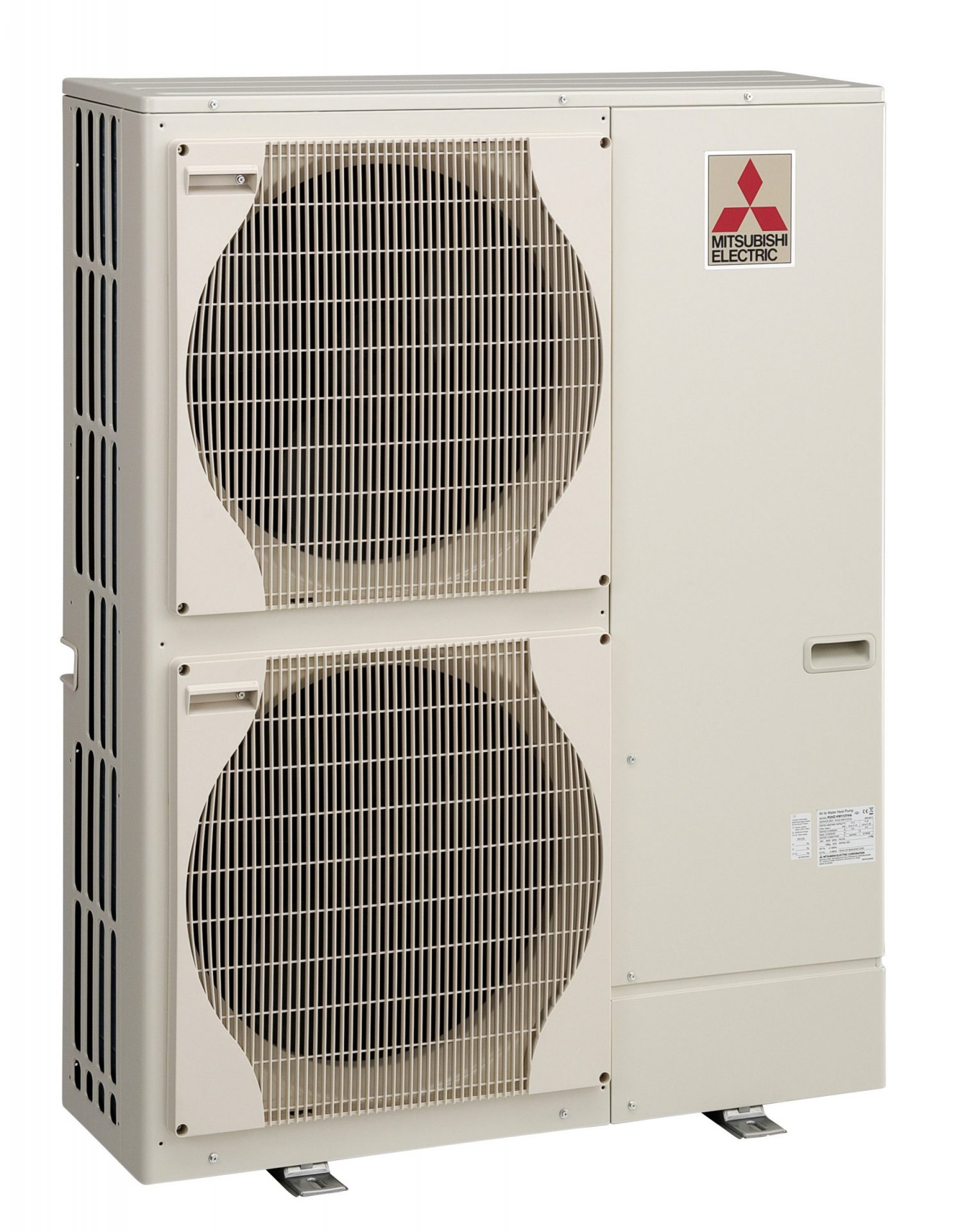
Climate change move will now affect conservatories
The battle to reduce our carbon emissions is affecting every aspect of our lives warns Midlands green energy Ron Fox
The latest area is conservatories where new building regulations are due to come into force this June. The move seeks to cut carbon emissions by 30 per cent from new homes by improving energy efficiency.
“The problem with transparent roofing,” said Ron, “is that when conservatories were built there was very little thermal insulation so making it too warm in summer and too cold in winter. Now there are insulation alternatives.”
But the Department for Levelling Up, Housing and Communities stressed that the new regulations applied to new homes and not to extensions or conservatories added on to existing buildings.
Already the National Federation of Builders said these changes and higher costs might deter some companies from putting conservatories on to new cheaper homes, especially those which are not separated from the main living area by a thermal divide such as patio doors.
However, the group which represents small and medium sized builders, believe open-plan conservatories could still be built. Even though the regulations may mean tighter limits on the size of windows and looking at the thermal performance of the design to stop overheating.
Ron, of Noreus Ltd, said this could mean the appearance of new homes could change with roofs having a greater overhang and other forms of shading over windows with sunrooms and orangeries also becoming popular as an extension.
The changes are happening after the government’s Climate Change Committee warned that hot summers would become much more frequent and that heat-related deaths could soar.
However, for those householders who have a conservatory there is much they can do now to cut their carbon footprint and ensure the room is the right temperature all the year round.
Firstly, get an expert with a thermal imaging camera to check where any heat if any is escaping through a conservatory and then plug those gaps.
Insulating a conservatory will lock in the heat and make sure windows and doors are sealed properly. Also, blinds can limit the amount of heat escaping.
To heat a conservatory in an environmentally-friendly way one solution is an air source heat, which works well with an underfloor heating system. It provides perfect temperature control 365 days a year and, in the summer can be even used in reverse to provide a ready-made air conditioning unit to cool the room.
“For those who want to just heat their conservatory in winter, a relatively new way is a stand-alone infrared heating panel,” said Ron, of Noreus Ltd on the University of Keele Science and Innovation Park in North Staffordshire.
“These panels are more environmentally friendly as they deliver heat directly to people rather than the entire room space and so mean cheaper energy bills as well as being easy to install.”
If you want more advice on conservatories or to have an expert with a thermal imaging camera to check your home, call Ron on 01782 756995.
Caption: Fighting climate change – Building regulations on conservatories due to come into force this June will seek to cut carbon emissions from new homes.



